Rare Rides Icons: The Lincoln Mark Series Cars, Feeling Continental (Part XIII)

We return to the Lincoln Mark story at a very promising time for the personal luxury coupe. Aside from Ford’s floundering Thunderbird, several other new PLC models arrived in the late sixties. Every major Detroit automaker had one, and circa the turn of the Seventies even more would arrive!
Together, they formed three tiers of personal luxury, segmented by asking price. At the top was the long-standing Cadillac Eldorado, and in the middle were the Thunderbird, Buick Riviera, and Oldsmobile Toronado. They’d be joined in the Seventies by the likes of the Pontiac Grand Prix, Chrysler Cordoba, and Chevy Monte Carlo.
In 1965 Ford’s VP of passenger car product, Lee Iacocca, decided he’d make some use of the fifth-generation Thunderbird’s platform for a higher PLC purpose. With as much parts sharing and cost saving as possible, he’d create a luxurious new Mark that could take on the Eldorado. Ignoring the Marks III, IV, and V of the Fifties, the new Mark would start at III, and attempt to connect itself with the ultra-luxurious Continental Mark II of 1956. We begin today (oddly) with some endurance racing.
In under two years, the new Continental Mark III was complete and ready for its exciting debut. Though the Mark was almost anti-sports in its mission and design, it debuted at the 1968 12 Hours of Sebring race in Florida. Sponsored by Alitalia that year, racers vied for the Alitalia Airlines Trophy.
The race took place on March 23rd, 1968, and advertisements for the race showed the new Mark III in painted format next to Ford’s GT40. The yellow example shown was one of four GT40s entered in that year’s race. One example (Edward Nelson Racing) finished 16th overall. A firm called J.W. Engineering had two GT40s, one of which completed 157 laps but was unclassified.
J.W. Engineering’s other GT40 tapped out on lap 37 due to clutch failure. Finally, William Wonder entered a GT40 in that year’s race, but it was one of 14 cars that didn’t actually show up for race day. The race was a high-profile location to debut a luxury coupe, and it was especially to the tastes of sunny Florida.
Though the obvious comparison in size would be between the two-door Thunderbird and Mark, its wheelbase was actually that of the Thunderbird Landau sedan. Ford selected the 117.2-inch basis of the Landau over the 114.2” of the coupe. The heavier Mark III body was wider than the Thunderbird and spanned 79.4 inches versus the 77.2” of the Bird. With its more formal profile, Mark III was slightly taller than the Thunderbird coupe’s 52.8” height, at 53 inches.
The Landau with its awkward vinyl treatment and coach doors was taller still, at 53.7 inches. As far as overall length, the T-bird sedan was slightly longer than its two-door sibling at 209.4 inches (206.9” on the coupe). To better show its PLC and halo status, the Mark III was longer than either: an impressive 216.1 inches.
With its larger size and luxury equipment, the Lincoln was much heavier than either Thunderbird. Thunderbird coupes were 4,248 pounds and sedans were 4,256 pounds, but the Mark arrived at a hefty 4,866 pounds. Some of that weight was down to its extra large engine, the 460 cubic-inch (7.5-liter) V8. The 460 was not available in Thunderbirds; that model’s largest displacement was the 429 cubic inch (7.0L) 385 V8.
The 460 was based on the 385, and in Mark III usage made 365 gross horsepower. It ended up as the largest displacement variant of the 385 and was the successor to the old MEL (Mercury-Edsel-Lincoln) 462 V8. Power was considered adequate, but was plenty for the mission of a PLC.
Mark III’s exterior styling blended the sensibility of early Seventies Detroit iron with the general luxury legacy provided by the Continental Mark II, and the contemporary Continental. Iacocca’s initial direction of “Rolls-Royce grille on a Thunderbird” was taken largely to heart. The Mark III’s prow sported a chromed waterfall grille topped by a slab of chrome, just like a Rolls-Royce.
The grille flowed down to a chromed bumper that came to a point in the middle and mirrored the grille’s shape. It extended to corners that wrapped under the fender, which was a similar take to the front corner of the 1969 Continental. Also similar to Continental were the cornering lamps, integrated into the vertical section of the front fender. Unlike the Continental, the Mark III had concealed headlamps, which were all the rage in the late Sixties.
Fenders were an important part of the Mark III, both from a size and design perspective. Extra super long fenders were most notable for their strong upper edge decorated with a chrome trim strip. They curved sharply around to the hood, which had a considerable power bulge. The bulge ran from the windshield down the hood’s entire length and grew stronger as it terminated at the proud upright grille.
Along its side, the Mark III was less flashy than its Eldorado competition and relied a bit less on chrome trim. A secondary character line appeared on the Mark’s fender and ran from the corner lamp all the way to the rear. It raised in slight elevation after the door and followed the fender’s leading edge shape (like on the Continental).
Unlike the Continental, the Mark III had flared wheel arches that had an additional, exaggerated character line of their own. Said line was decorated in chrome, as was the actual wheel arch. Chrome also ran underneath the entire rocker panel, a given luxury touch for a domestic car of the period.
The rear of the Mark III had a family resemblance to the Continental but went its own direction in two important ways. First, the Mark looked more current than the Continental, which was showing its early Sixties roots by that time. Second, the new Mark reintroduced the “continental style” spare tire hump from the Mark II, and indeed the original Continental of the Forties.
The fender that kicked upward after the Mark III’s door flowed down to a rear end that was not all that removed from the Eldorado. The rear fender cut sharply downward and housed a simple vertical tail lamp, a similar design to the corner marker at the front. Rear brake lamps were the Mark III’s most obvious tie to the standard Continental, as a direct parts share.
The trunk lid was large, smooth, and shaped mostly by the Continental tire hump. It presented a raised and rounded surface in the middle and pressed outward from the trunk’s more angled surface above the bumper. Continental lettering followed around the edge of the trunk design, another callback to the Mark II.
In the middle was a large Continental logo, underlined by a thin chrome strip that ran above the bumper. Aside from the wrap-under chromed corners, the bumper was largely devoid of other styling. The bumper’s lower portion held the reverse lamps and license plate mounting.
We’ll pause there for today, and pick up next time with the Mark III’s interior, convenience features, and immediate sales success.
[Images: 12 Hours of Sebring, Ford]
Become a TTAC insider. Get the latest news, features, TTAC takes, and everything else that gets to the truth about cars first by subscribing to our newsletter.

Interested in lots of cars and their various historical contexts. Started writing articles for TTAC in late 2016, when my first posts were QOTDs. From there I started a few new series like Rare Rides, Buy/Drive/Burn, Abandoned History, and most recently Rare Rides Icons. Operating from a home base in Cincinnati, Ohio, a relative auto journalist dead zone. Many of my articles are prompted by something I'll see on social media that sparks my interest and causes me to research. Finding articles and information from the early days of the internet and beyond that covers the little details lost to time: trim packages, color and wheel choices, interior fabrics. Beyond those, I'm fascinated by automotive industry experiments, both failures and successes. Lately I've taken an interest in AI, and generating "what if" type images for car models long dead. Reincarnating a modern Toyota Paseo, Lincoln Mark IX, or Isuzu Trooper through a text prompt is fun. Fun to post them on Twitter too, and watch people overreact. To that end, the social media I use most is Twitter, @CoreyLewis86. I also contribute pieces for Forbes Wheels and Forbes Home.
More by Corey Lewis
Latest Car Reviews
Read moreLatest Product Reviews
Read moreRecent Comments
- SCE to AUX "...to help bolster job growth and the local economy"An easy win for the politicians - the details won't matter.
- Kjhkjlhkjhkljh kljhjkhjklhkjh so now we will PAY them your tax money to build crappy cars in the states ..
- SCE to AUX Yes, I'll miss it, and it doesn't make sense to kill off your 3rd-best seller. 2023 was its best year since 2018.
- SCE to AUX This was the same car I had (05 xB, stick, "camouflage" color) for 7 years - great car.We called ours "The Lunchbox". I added aftermarket wheels, and the 3rd-party cruise control the dealers could install.It suffered only two failures: bad window switch in week 2 (dealer fixed in 1 hour), bad trailing O2 sensor (fixed myself for $70). Fuel economy was always 28-34 mpg.It was a potential death trap, and ride quality became unbearable after 2 hours. I once did a 10-hour round trip in it and could barely walk after.Traded it for a 2012 Leaf, which was a better car in some ways.
- Bd2 The "e" nomenclature signifies the e-ATPs which BMW is pursuing.



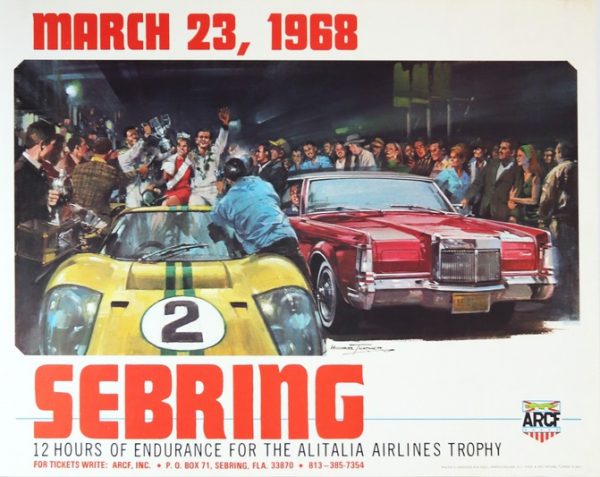



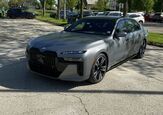











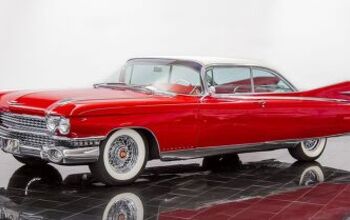
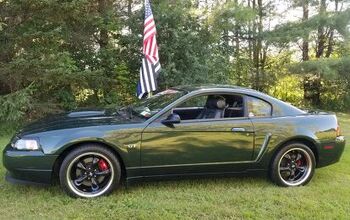
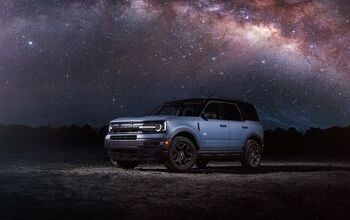
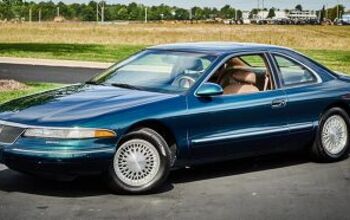
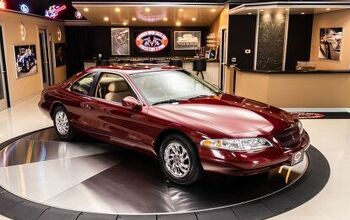
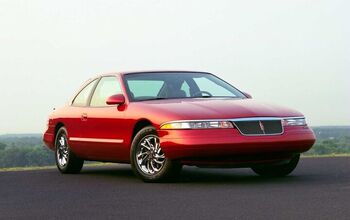
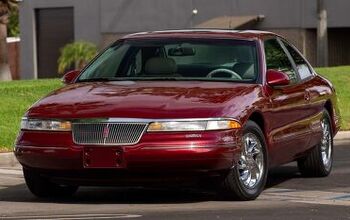
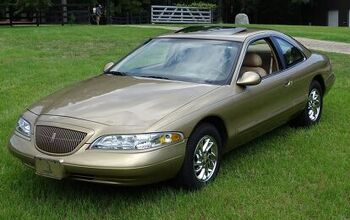
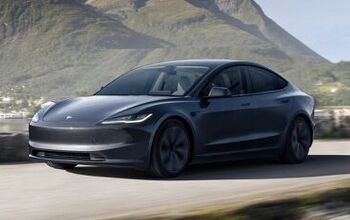
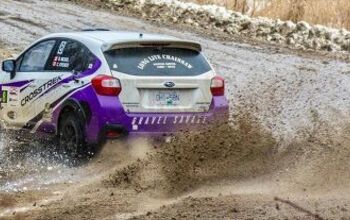
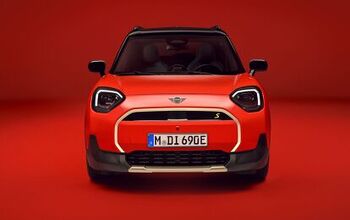
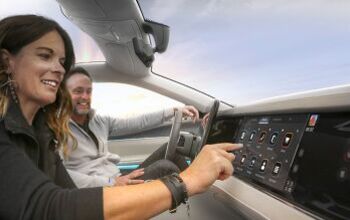
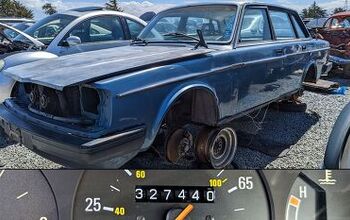





Comments
Join the conversation
After several Cadillac's in the '60s my Dad traded his '68 Calais coupe for a '70 Mark III, triple dark green. It immediately became the best looking car on the block, challenging the neighbor's White on Blue 70.5 Trans Am. Unfortunately my uncle wrecked the Lincoln after a night of over-indulging in Ft. Lauderdale. The Mark was repaired but dad felt it never was the same. Not caring for the more ornate styling of the Mark IV, dad ordered a new '73 Continental coupe that was a very comfortable and stylish car but nowhere the looker the Mark was. Still a beautiful car, Thunderbird underpinnings or not, I'd love a '71 with the high-back Twin Comfort split front bench.
Argh! I jumped the gun. No worries. I'll repost this when the next edition rolls around!